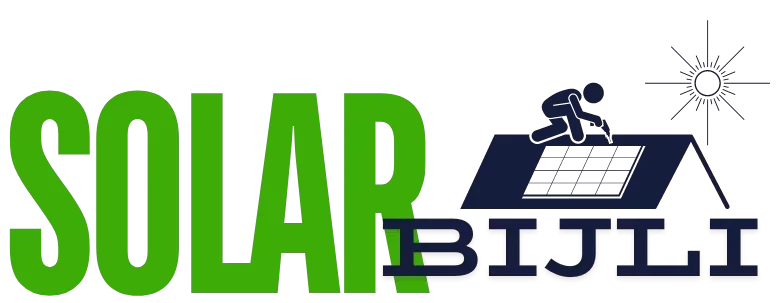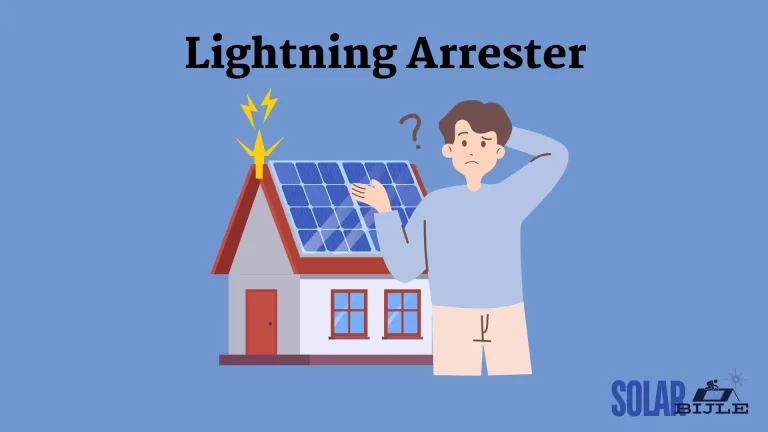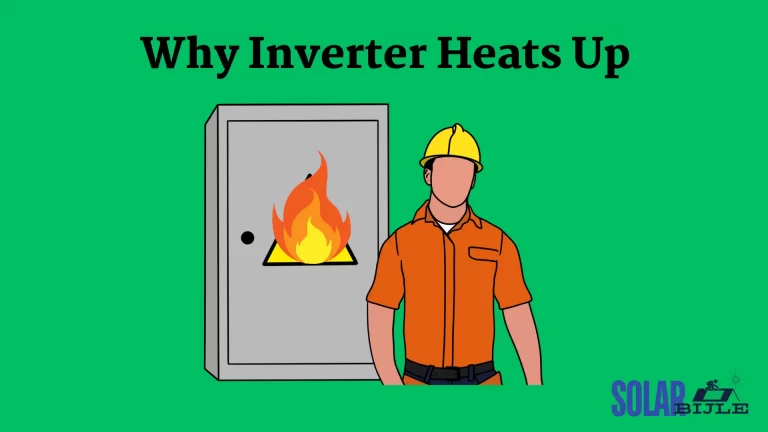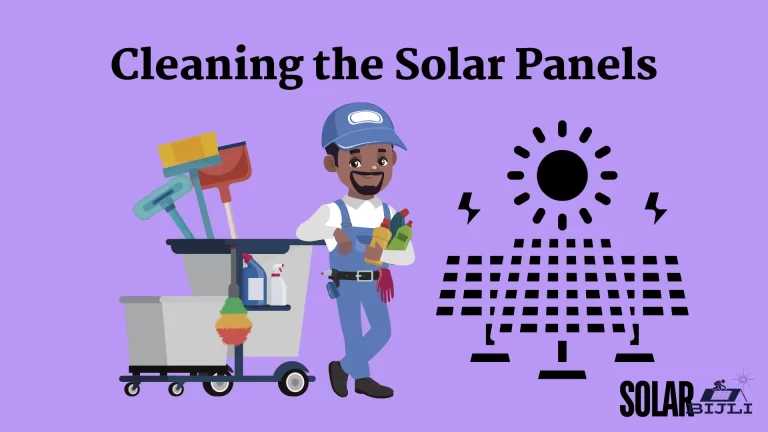Electricity in Pakistan is made from expensive furnace oil. A normal family’s electricity bill can be very high.The sun shines in Pakistan for about 300 days a year. People who can afford it should switch to solar systems to lower their bills.
Many homeowners are exploring solar power as a viable alternative. Solar systems reduces electricity bills and provide a sustainable energy source as the government also supports solar energy with net metering in Pakistan.
Key Factors
1. Solar Panels
Solar panels are the backbone of your system. There are various types and brands available, such as Longi, Jinko, Canadian solar, Trina, Astro Energy, Risen solar, Panasonic solar,AE solar, Q cells SunTech and Inverx.
The technology behind these panels varies, primarily between P-type and N-type panels. N-type panels, which use phosphorus, are the latest and most advanced technology, offering better low-light performance.
Types of Panels:
- Monofacial Panels: Capture sunlight from one side.
- Bifacial Panels: Capture sunlight from both sides, increasing efficiency.
2. Solar Structure
The solar structure supports your panels and should be tailored to your roof’s orientation and any potential obstructions. South-facing rooftops without shadows are ideal. Structures can be made from T-Garders, and L-iron beam structures offering more durability.
Types of Structures:
- Aluminum Pipe Structures: Cheaper but prone to damage from water ingress.
- T-Garders/ L-Beam Structures: More expensive but robust and long-lasting.
3. Solar Inverter
The inverter converts the DC power generated by the panels into AC power for your home. There are two main types of inverters: on-grid and hybrid.
Types of Inverters:
- On-Grid Inverters: Ideal for areas with minimal load shedding. These inverters do not work during power outages.
- Hybrid Inverters: Suitable for areas with frequent load shedding providing continuous power by combining grid and battery storage.
Important Brands:
- On-Grid: Huawei, Goodwe, Solis, Solex, Growatt, Sofar.
- Hybrid: InverX Nitrox, Solarmax Onyx, PV-9000.
4. Batteries
Batteries store the energy generated by your solar panels for use during power outages. Two main types are used: lead-acid and lithium-ion batteries.
Types of Batteries:
- Lead-Acid Batteries: Cheaper but have a shorter lifespan and lower efficiency.
- Lithium-Ion Batteries: More expensive but offer a longer lifespan and higher efficiency.
Key Brands:
- Osaka, Phoenix, AGS, Exide
- Pylon Tech, Dongjin, Zionic.
5. Control, Monitoring, and Protection System
A reliable control system is vital for monitoring and protecting your solar installation. This includes using high-quality AC/DC breakers, surge protection devices (SPD), and proper wiring.
Components:
- Distribution Boxes: Separate boxes for on-grid and hybrid systems with labeled controls for easy maintenance.
- Fire Safety: Installing fire safety balls like AFO for added protection.
6. Net Metering
Net metering allows you to sell excess electricity back to the WAPDA, reducing your electricity bill. In Pakistan, a three-phase connection is required for net metering.
Requirements:
- Three-Phase Availability: Necessary for applying for a net metering license.
- Inverter Compatibility: Single-phase inverters are not capable for net metering under current regulations.
7. Installation
The installation quality can significantly impact the efficiency and lifespan of your solar system. It’s crucial to choose experienced and reliable installers.
Key Considerations:
- Installer Expertise: Ensure the installer has a good track record and technical knowledge.
- Quality of Work: Don’t compromise on the quality of installation to save costs; it’s a crucial investment.
Conclusion
Installing a solar system involves careful consideration of various components, From the type of panels to the quality of the installation. By focusing on these seven key criteria, you can make a good decision that maximizes the benefits of your solar investment. Always prefer quality and reliability to ensure long term life and savings with your solar installation.






